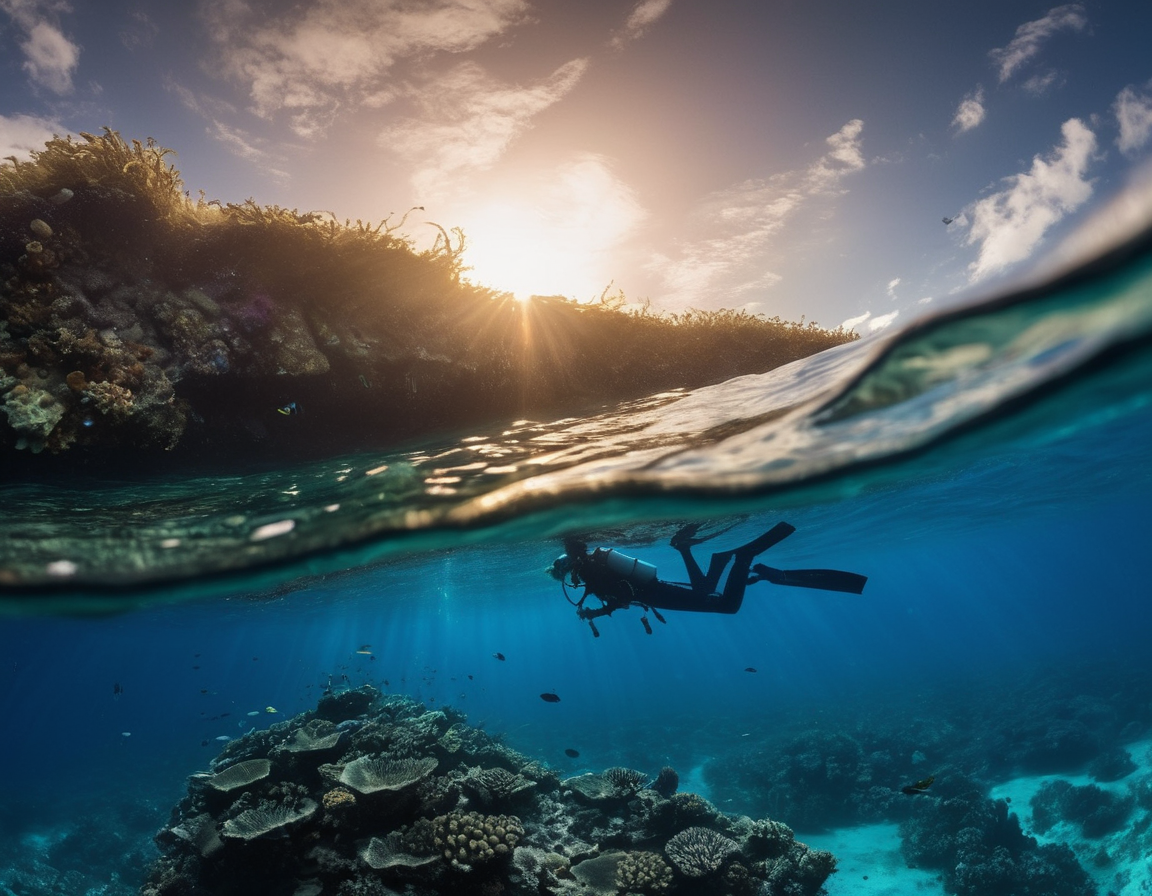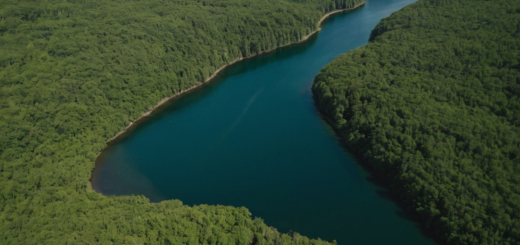Exploring the Mysterious Depths: The Mariana Trench
Unveiling the Secrets of the Mariana Trench
The Mariana Trench is a place of mystery and extremes, holding the title of the deepest part of the world’s oceans. This deep-sea frontier, located in the western Pacific Ocean, stretches approximately 2,550 kilometers (1,580 miles) long and boasts depths reaching over 11,000 meters (36,000 feet). Let’s dive into the fascinating details of this underwater marvel.
Formation and Discovery
The Mariana Trench was formed millions of years ago by a process known as subduction, where one tectonic plate is forced underneath another. It was first discovered in 1875 during the Challenger expedition, but it wasn’t until 1960 that humans reached its deepest point, known as the Challenger Deep.
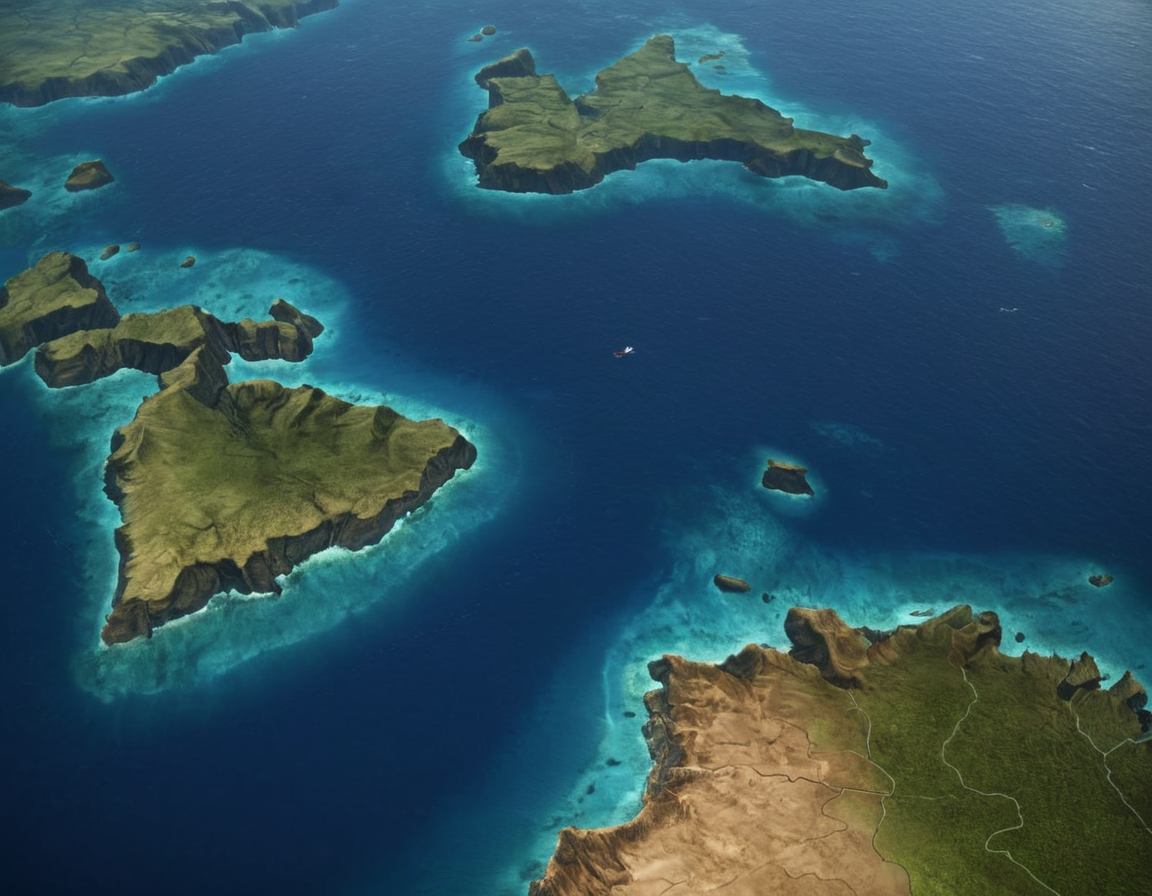
The Challenger Deep
Named after the HMS Challenger, the Challenger Deep is the deepest known point in the trench and the Earth’s seabed. It was first explored by Don Walsh and Jacques Piccard in the submersible Trieste. More recent expeditions have shed light on the unique conditions and life forms that can withstand the enormous pressure, which is over a thousand times the atmospheric pressure at sea level.
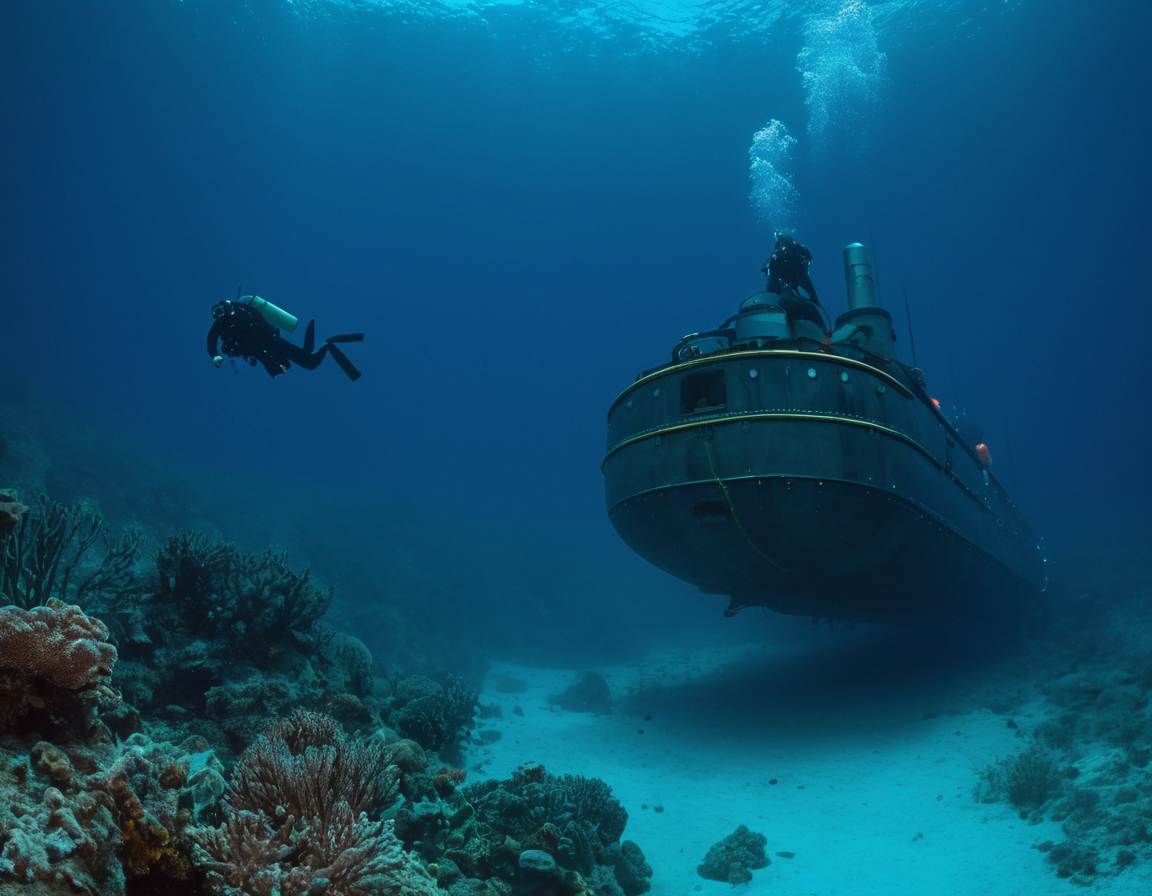
Life in Extreme Conditions
Despite the harsh conditions, life thrives in the Mariana Trench. Organisms known as extremophiles have adapted to the darkness, cold temperatures, and high pressure. Discoveries have included gigantic amoebas, unique species of fish, and other-worldly creatures that challenge our understanding of life’s resilience.
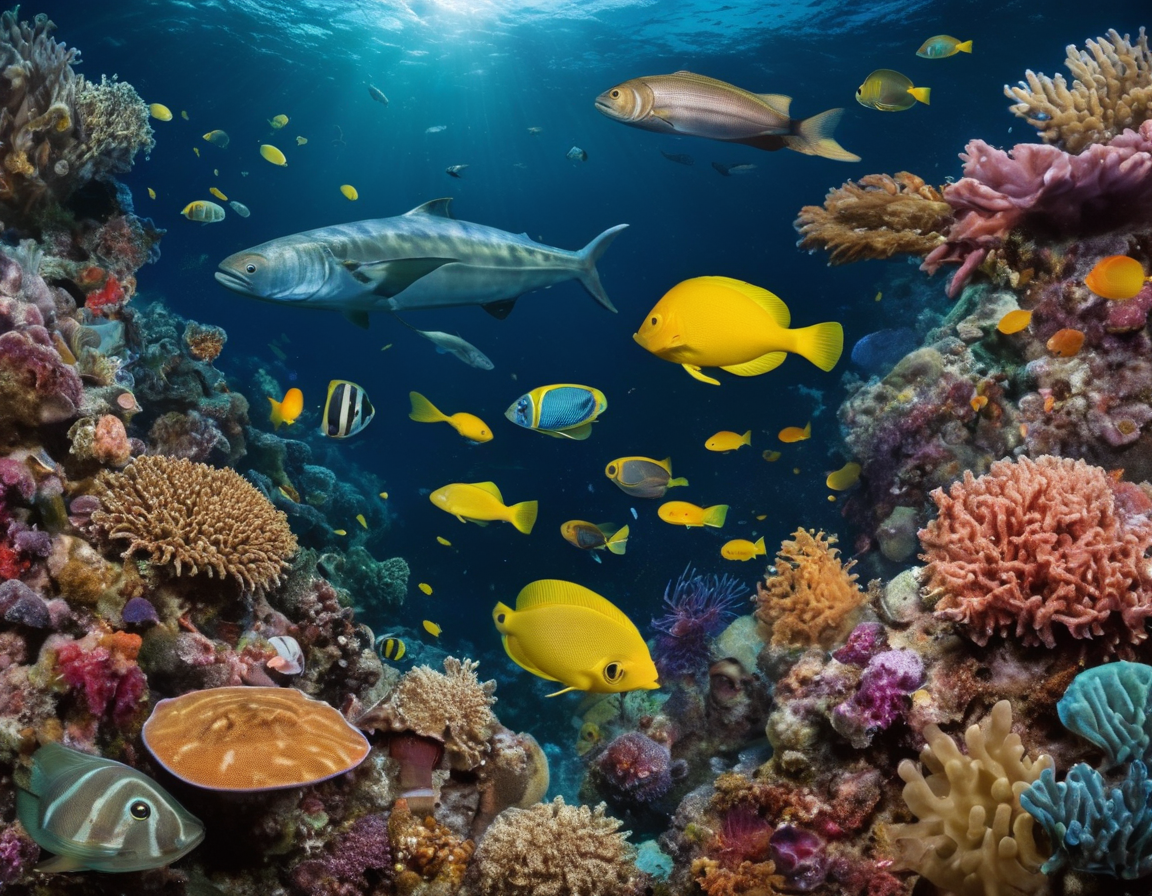
Scientific and Environmental Significance
The trench offers a wealth of information for scientists studying plate tectonics, geomorphology, and biochemistry. With each expedition, we learn more about how life can adapt to extreme environments, which has implications for the search for extraterrestrial life. The trench also acts as a deep-sea sink for carbon, playing a crucial role in Earth’s carbon cycle and climate regulation.
Preservation Efforts
As human activities expand, the Mariana Trench faces threats from pollution and potential deep-sea mining. Recognizing its unique ecological and scientific value, efforts are underway to protect this underwater treasure. The Mariana Trench Marine National Monument, established in 2009, seeks to preserve its natural heritage for future generations and ongoing research.
Conclusion
The Mariana Trench remains a captivating subject for scientists and adventurers alike. Its uncharted depths and mysterious ecosystem continue to provide new discoveries and insights into the resilience of life and the dynamic forces shaping our planet.
Explore the Mariana Trench with Us
If you found this summary enlightening and wish to keep up with the latest explorations and findings from the deepest reaches of our oceans, subscribe to our newsletter and follow our blog for more captivating stories!
